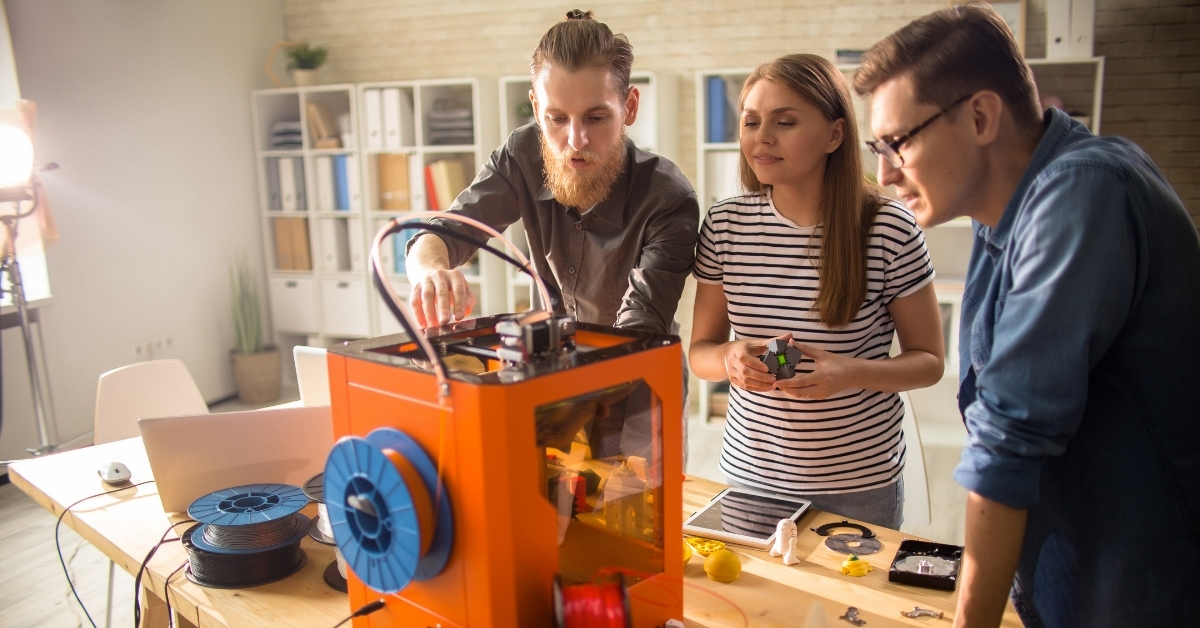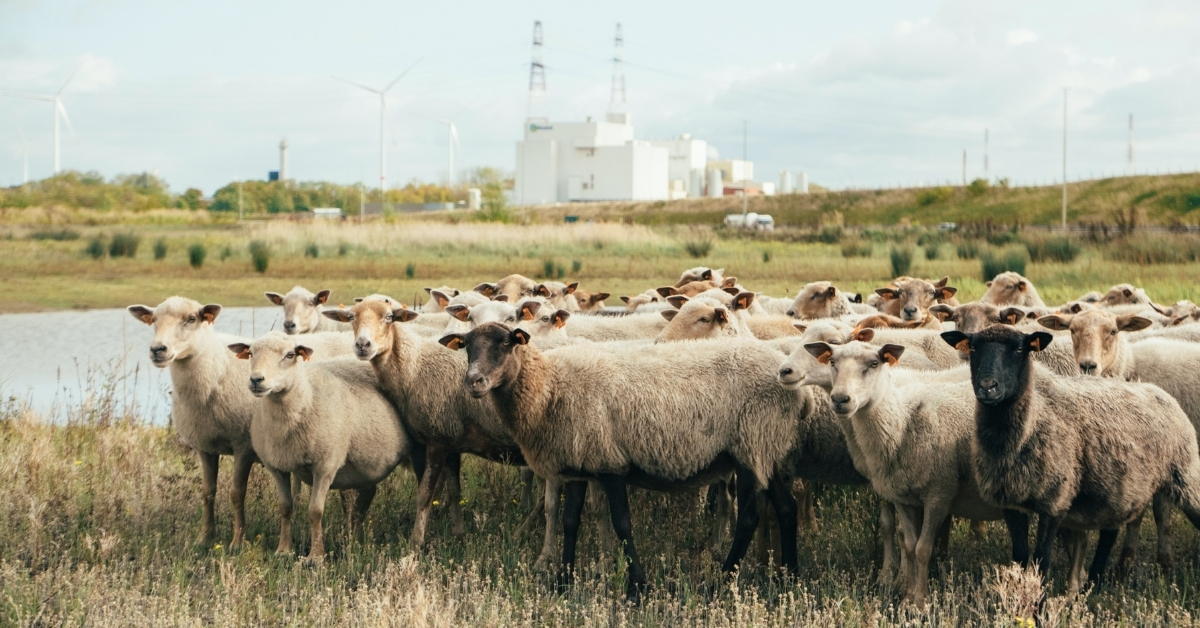Food Tech teachers, this one is for you! Have you been looking for cool examples of innovations in food to use in the classroom? Here are six innovations in food production which your cherubs will love learning about!
Pay with your face with iris-reading vending machines
Vending machines have been brought into the modern era with new technology to make payment easier. Biometrics are being used to scan the vending machine customer’s face. Their facial features, particularly their irises, are linked to their individual vending machine account, which can then be charged for the items they buy.
As of last year, there were 3.8 million vending machines across Japan which have had the technology integrated. While it sounds like a good idea, it’s not completely clear whether this technology will eliminate the annoying problem of vending machines taking your money and not dropping the selected product.
This is an interesting example to share with your Preliminary Food Technology students when discussing technological developments including marketplace practices.
Preliminary Food Technology: 8.1 Food Availability and Selection
Students Learn About
- technological developments influential on food availability, including:
- marketplace practices

Vegan drumsticks that pull apart like chicken
More and more companies are jumping on the vegan meat bandwagon, to create meat-like products for those who would rather not consume animal products. Now a Singaporean company by the name of Shandi Global has created a vegan drumstick, which apparently rivals the real deal. They are made with vegan ingredients including beans, chickpeas, lentils, vegetables and herbs and apparently, they taste just like real chicken.
The innovative product is set to be sold at a price point similar to actual chicken drumsticks in order to be competitive in the market. The drumsticks are expected to be made available in Singapore early this year before they are distributed to other countries, and they could have the potential to rival other vegan meat products here in Australia.
This is a fun example to share with your students when teaching year 9 and 10 food technology students. This one ticks all the boxes of environmental, nutritional and technological new food products.
Stage 5 Food Technology
Focus area: Food Product Development
Content
- discuss the introduction of new food products and their effect on society, for example:
- environmental
- nutritional
- technological
3D Printed Pasta
Check out this 3D printed pasta! Barilla has been using this 3D printing technology to make pasta since 2014. It is not being used for mainstream manufacturing at this stage, but it has been used as part of contests in the years since, with participants working to create the most amazing pasta shape that holds onto the pasta sauce, to be crowned the winner. The printer can create different pasta shapes that aren’t possible to make with traditional manufacturing methods.
This is a fun example to share with your year 9 and 10 students when investigating a range of emerging technologies, for example, 3D printed food.
Stage 5 Food Technology
Focus area: Food Product Development
Content
- investigate a range of emerging technologies in the food industry, for example: (ACTDEK044, ACTDEK047)
- 3D printed food

Self-Heating Cans
Self-heating cans sound like a recent innovation, but they have actually been around for quite some time! A Russian engineer by the name of Yevgeny Fedorov first came up with the concept in 1897. Chemicals are used in the packaging to heat the product without using an oven or microwave. Some of the more popular chemical combinations that create the heat reaction include aluminium and silica, calcium oxide and water or copper sulfate and zinc. All the user needs to do is activate the chemical. They can do this by simply cracking open the can, and their food or drink is warmed up within minutes.
This heating technique was introduced into the mainstream market several years ago, however many of those who took up the technology early on found the taste of the food was also affected. It’s thought this technology might take off again if and when manufacturers can find a solution to the taste problem.
This is an interesting concept to discuss with your year 9 and 10 students when examining the relationship between food, technology and society.
Stage 5 Food Technology
Focus area: Food Product Development
Outcome
> examines the relationship between food, technology and society FT5-12
- investigate a range of emerging technologies in the food industry, for example: (ACTDEK044, ACTDEK047)
- packaging innovations, eg active, vacuum and gas
Wool Cool
Using wool as a type of insulation for cold produce is growing in popularity. At Wool Cool, coarse sheep’s wool is being used in insulated envelopes, boxes and bags to keep food chilled to below 5oC. The wool works better than traditional polystyrene insulated containers, as they prevent air movement and reduce moisture, and as a result, it better maintains the temperature of the produce. However, the best part of wool insulation is it’s environmentally friendly. This coarse wool is unsuitable for being made into fabrics and clothes and otherwise can’t be used.
This is a great example to share with your Technology Mandatory Agriculture and Food Technologies students particularly when discussing sustainability and investigating how food and fibre are produced in managed environments (TE4-5AG).
Technology Mandatory: Agriculture and Food Technologies
› investigates how food and fibre are produced in managed environments TE4-5AG

Sugar Wrap
We’re all doing our best to move away from single use plastics, and now there’s another alternative for cling wrap on the market. Sugar wrap has been designed using sugar cane and is completely recyclable, unlike its traditional plastic counterpart. The uses for the sugar wrap are similar to cling wrap. It keeps food fresh, prevents spoilage and can be used in the microwave and freezer.
Consider using Sugar Wrap as an example of an emerging technology due to its ecologically sustainable production methods.
HSC Food Technology: 9.1 The Australian Food Industry
Sectors of the Australian food industry
Students Learn About
- emerging technologies in food production, manufacturing and packaging including biotechnology in genetically modified foods, ecologically sustainable production methods, such as organic farming









